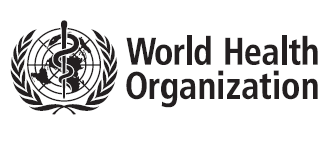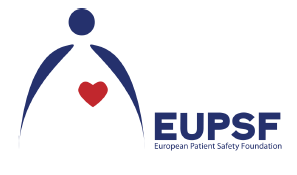Story 3
“Check – call – compress” at the airfield
by Daniel Fechtrup
“May 8, 2011 was a sunny day that I was spending at the gliding center at Münster-Osnabrück airfield again. I was 15 at the time and I used to go to the airfield nearly every weekend while I was qualifying for my glider flying license. So far everything had been routine, my friends from the youth group and I were getting the gliders ready for take-off and making sure that flying operations were going smoothly. But when a two-seater glider landed and the pilot called out for help, everything suddenly starting happening very fast. I ran over to the glider that had landed and saw that the passenger had collapsed.
I immediately remembered the check list:
1. Check
2. Call
3. Compress
That was what I’d been taught during the “Kids Save Lives” project that my old school, the Gymnasium Paulinum in Münster, took part in from 2006 to 2012. The school students were given first aid lessons several times a year so that they wouldn’t be worried about getting involved if an emergency happened.
The man was unconscious, so I looked for his pulse but I couldn’t find one. Was his chest rising and falling? No. And he didn’t react to a painful stimulus either. So I immediately called the fire brigade and ordered an ambulance. In the meantime, the other gliding club members had arrived as well. The first thing we had to do was to get the man out of the glider somehow, and it wasn’t very easy. A glider is only about 60 cm wide (about 2 feet) and he was quite heavy, but with a bit of help we managed it. Now came the most important point — cardiac massage. Fortunately I wasn’t alone and got help from a colleague who belongs to the volunteer fire brigade. Together with him, I carried out cardiac massage and mouth-to-mouth resuscitation. With the two of us together it worked well, because each of us know exactly what he had to do. After about 10 minutes, the emergency doctor arrived and took over the cardiac massage and respiration.
Afterwards I felt as if I’d just finished sitting a long exam and I had to have a bit of a rest. The same evening I asked a friend how the patient, Mr Zeine, was doing. I heard that he’d had a heart attack and was in a coma. After a couple of months, I got in touch with him and heard he was quite well again and had been able to go back to work. Since then, I’ve done quite a few things with Mr Zeine, we went to the stadium together and he has helped the youth group with some renovation work. In the meantime we’ve become kind of friends.”


